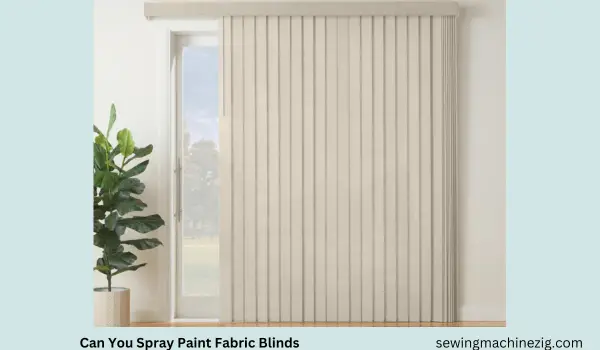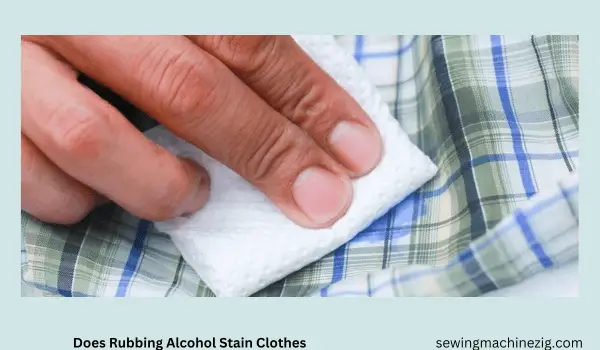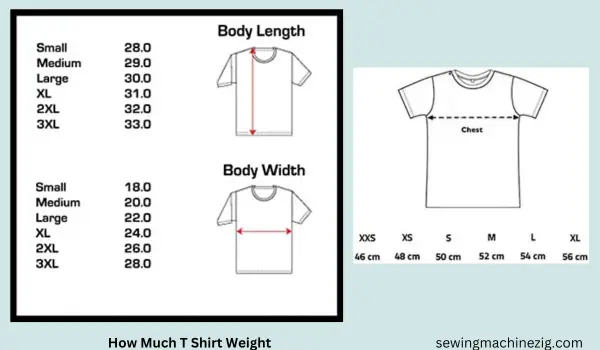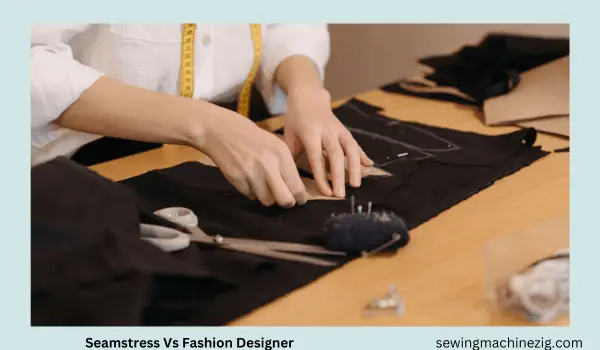
The worlds of fashion and garment creation are diverse and multifaceted, comprising various roles that contribute to the creation of clothing. Two prominent roles within this industry are seamstress and fashion designer. While both are involved in the creation of garments, their responsibilities, skills, and creative contributions differ significantly.
Understanding the distinctions between a seamstress and a fashion designer helps shed light on the multifaceted nature of the fashion industry and the collaborative efforts required to bring fashion concepts to life. Together, seamstress vs fashion designer contribute to the vibrant and ever-evolving world of fashion, each showcasing their unique skills and artistic contributions.
Seamstress Vs Fashion Designer: Exploring Roles And Responsibilities
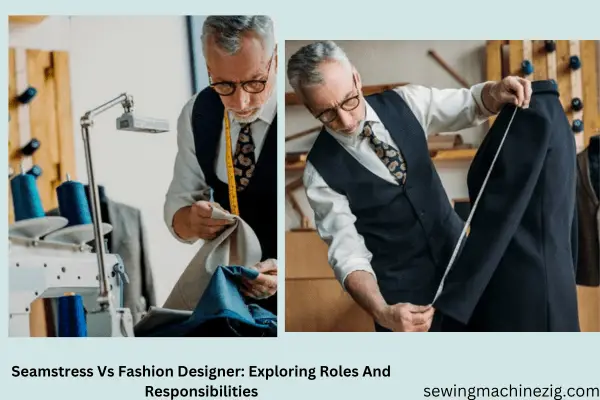
seamstress vs fashion designer are two distinct roles within the fashion industry, each contributing unique skills and expertise to the creation of garments. While they both play essential parts in the fashion world, their responsibilities and areas of focus differ significantly. Let’s delve into the differences between a seamstress vs fashion designer:
Seamstress:
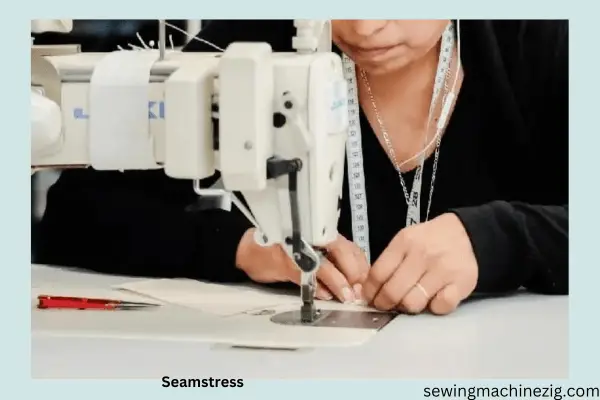
A seamstress is a skilled professional who specializes in garment construction and sewing. Their primary responsibility is to bring a fashion designer’s vision to life through technical expertise and precision. Seamstresses excel in pattern-making, cutting fabrics, and sewing garments together.
They ensure that each piece fits properly, paying attention to details such as stitching, hemming, and finishing touches. Seamstresses often work in alteration shops, clothing production facilities, or as independent professionals offering tailoring services. Their craftsmanship and attention to detail are crucial for creating garments that are well-fitted, functional, and aesthetically pleasing.
Fashion Designer:
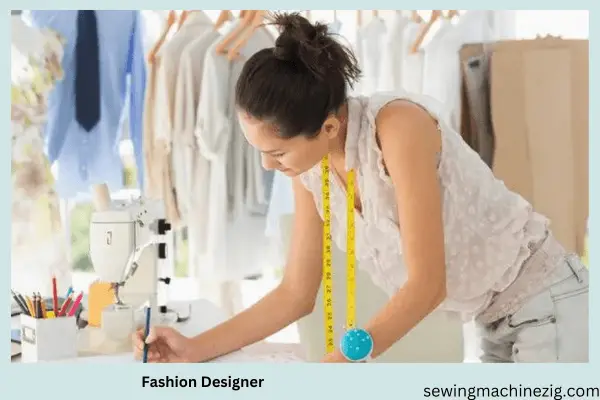
A fashion designer is a creative professional who conceives and creates clothing collections. They are responsible for the overall design vision and aesthetic of a brand or collection. Fashion designers possess a deep understanding of fashion trends, fabric selection, color theory, and garment construction.
They develop sketches or digital renderings to visualize their ideas and create patterns for the garments. Fashion designers work closely with manufacturers, suppliers, and other industry professionals to oversee the production process and ensure that their designs are executed accurately. They also stay up-to-date with market trends and consumer preferences to create fashion-forward and commercially viable collections.
While we talk about seamstress vs fashion designers well often collaborate closely, but their roles differ in terms of their focus and expertise. Seamstresses bring technical skills and attention to detail, ensuring that garments are well-constructed and properly fitted. Fashion designers, on the other hand, are the creative visionaries who drive the overall design concept and aesthetic of a collection.
Can A Fashion Designer Be A Seamstress
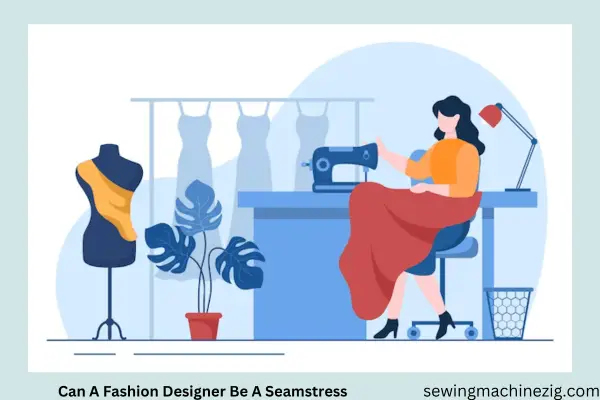
In the dynamic world of fashion, creativity, and versatility often go hand in hand. As such, it is not uncommon for a fashion designer to possess the skills of a seamstress and it’s more like seamstress vs fashion designer. The role of a fashion designer extends beyond conceptualizing and sketching designs; many designers have a deep understanding of garment construction and possess the technical expertise to bring their creations to life.
This unique combination of design vision and hands-on sewing skills allows fashion designers to have a comprehensive understanding of the entire design process. In this article, we will explore the possibility of a fashion designer also being a seamstress when it’s come to seamstress vs fashion designer and the advantages it brings to their creative journey.
A fashion designer can certainly be a seamstress. In fact, many fashion designers possess the skills and knowledge of a seamstress, allowing them to have a comprehensive understanding of the entire garment creation process. By being proficient in both design and sewing, fashion designers can bring their creative visions to life with a hands-on approach.
Being a seamstress as a fashion designer has several advantages. Firstly, it allows designers to have a deeper understanding of garment construction, enabling them to create designs that are not only aesthetically pleasing but also practical and functional. They can make informed decisions about fabric choices, pattern-making, and fitting, ensuring that their designs are well-crafted and well-fitted.
Additionally, being a seamstress empowers fashion designers to have more control over the production process. They can effectively communicate with pattern-makers, sample makers, and manufacturers, as they understand the technical aspects of sewing and can provide clear instructions. This hands-on involvement helps streamline the production process, minimize errors, and maintain the integrity of the designer’s vision.
While not all fashion designers are seamstresses, possessing sewing skills can be an invaluable asset in the competitive fashion industry. It allows designers to bridge the gap between creativity and technical execution, resulting in well-designed, well-constructed garments that embody their unique vision.
Do Fashion Designers Sew Garments
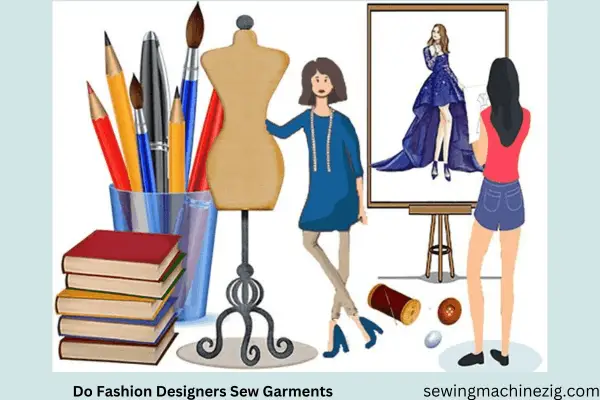
Yes, fashion designers can sew garments. While not all fashion designers are proficient seamstresses, many possess sewing skills and have the ability to construct garments themselves. Sewing skills allow fashion designers to have a more hands-on approach to their designs, enabling them to bring their creative visions to life.
Sewing skills provide fashion designers with a deeper understanding of garment construction and allow them to experiment with different techniques and fabric manipulations. It enables them to test their designs in real-time, make adjustments, and ensure that the garments fit properly and function as intended. By sewing their own garments, fashion designers can have a greater level of control over the entire design process, from concept to completion.
However, it is important to note that not all fashion designers sew their own garments due to various factors such as time constraints, production demands, or personal preferences. In larger fashion houses or design studios, designers may have a team of skilled seamstresses and pattern-makers who bring their designs to life based on the designer’s specifications. In such cases, the fashion designer focuses more on the creative aspects of design, while the technical execution is entrusted to the team of skilled professionals.
Ultimately, the level of involvement of a fashion designer in sewing garments can vary depending on their individual skills, resources, and the specific requirements of their design process.
Conclusion:
Whether it’s seamstress vs fashion designers well both play crucial roles in the fashion industry, but their responsibilities and areas of expertise differ significantly. Seamstresses bring technical skills and craftsmanship to the table, specializing in garment construction and ensuring precise fittings.
On the other hand, fashion designers are the creative visionaries who conceptualize and design clothing collections, focusing on aesthetics, trends, and overall brand direction. While collaboration between seamstresses and fashion designers is common, each role offers distinct contributions to the fashion world.
By understanding the differences between seamstresses and fashion designers, we gain a deeper appreciation for the collaborative efforts required to bring fashion concepts to life and create garments that are both beautifully designed and expertly crafted.
FAQs:
Q 1: What Is The Role Of A Seamstress In The Fashion Industry?
A: A seamstress is responsible for sewing and garment construction. They work with patterns and fabrics provided by fashion designers to create finished garments. Seamstresses have excellent sewing skills and pay attention to detail to ensure that the garments are well-made and properly fitted.
Q 2: What Does A Fashion Designer Do?
A: Fashion designers are responsible for creating clothing collections. They conceptualize designs, create sketches or digital renderings, choose fabrics and colors, and oversee the entire design process. Fashion designers often work closely with manufacturers and other professionals to ensure their designs are brought to life accurately.
Q 3: Can A Seamstress Also Be A Fashion Designer?
A: Yes, a seamstress can also be a fashion designer, although it is not always the case. Some individuals may have both sewing skills and a creative design vision, allowing them to fulfill both roles. This combination of skills enables them to have a comprehensive understanding of the garment creation process.
Q 4: What Skills Does A Seamstress Need?
Seamstresses need excellent sewing skills, including proficiency in stitching techniques, fabric handling, and garment construction. They should have knowledge of pattern-making, alterations, and sewing machine operation. Attention to detail and precision are crucial qualities for a seamstress to ensure high-quality finished products.
Q 5: What Skills Does A Fashion Designer Need?
A: Fashion designers need a creative eye and a strong sense of aesthetics. They should have a good understanding of fashion trends, fabric properties, color theory, and garment construction. Technical skills such as sketching, pattern-making, and knowledge of design software are also important for communicating their ideas effectively.
Q 6: Do Seamstresses Work Independently Or For Fashion Designers?
A: Seamstresses can work independently as self-employed professionals, providing tailoring and alteration services to clients. They can also work for fashion designers, clothing manufacturers, or clothing production facilities, where they contribute to the construction of garments based on the designer’s specifications.
Q 7: How Do Seamstresses And Fashion Designers Collaborate?
A: Seamstresses and fashion designers often collaborate closely throughout the design and production process. Fashion designers provide creative direction, design sketches, and fabric choices, while seamstresses bring those designs to life through their sewing expertise. They work together to ensure that the garments meet the designer’s vision in terms of fit, quality, and overall aesthetic.

